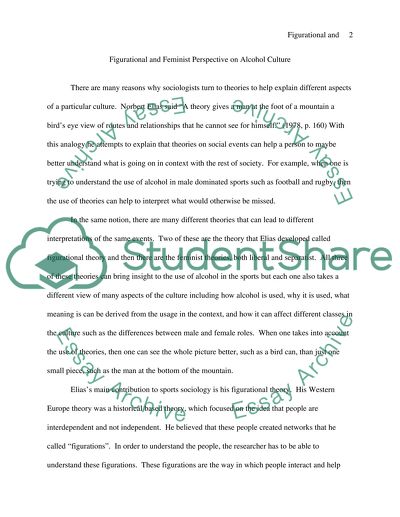Cite this document
(“Figurational and feminist perspective on alcohol culture Essay”, n.d.)
Retrieved from https://studentshare.org/sociology/1505022-figurational-and-feminist-perspective-on-alcohol-culture
Retrieved from https://studentshare.org/sociology/1505022-figurational-and-feminist-perspective-on-alcohol-culture
(Figurational and Feminist Perspective on Alcohol Culture Essay)
https://studentshare.org/sociology/1505022-figurational-and-feminist-perspective-on-alcohol-culture.
https://studentshare.org/sociology/1505022-figurational-and-feminist-perspective-on-alcohol-culture.
“Figurational and Feminist Perspective on Alcohol Culture Essay”, n.d. https://studentshare.org/sociology/1505022-figurational-and-feminist-perspective-on-alcohol-culture.


